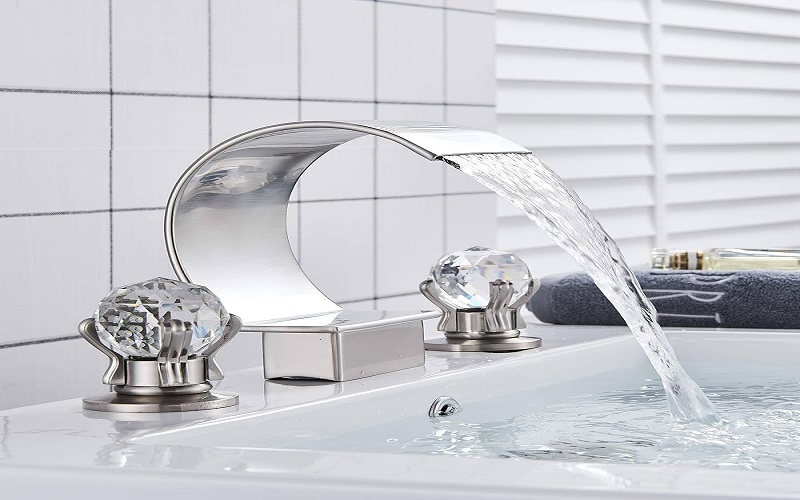
Active and reactive monitoring

The differences between active and reactive monitoring
Active monitoring methods (health and safety inspections, sampling
and tours) and their usefulness:
• differences between the methods;
• frequency;
• competence and objectivity of people doing them;
• use of checklists;
• allocation of responsibilities and priorities for action
Reactive monitoring measures and their usefulness:
- Data on accidents, dangerous occurrences, near misses, ill-health, complaints by
workforce, and enforcement action and incident investigations - Why lessons need to be learnt from beneficial and adverse events
The difference between leading and lagging indicators.
Events The difference between leading and lagging indicators.

What is active monitoring
What are the objectives of Active monitoring in any organization?
Active monitoring is a system of monitoring to ensure that H&S standards are correct in the workplace before accidents, incidents are caused.
The main objective of Active monitoring to prevent the accidents.
Active monitoring intension is to identify ( Importance of Active Monitoring) :
- conformance with standards , so that good H&S performance is recognised and (Compliance Follow up )
- non- conformance with standards can be identified, and corrective action is
Identify the Unsafe Act , Unsafe Condition , potentially hazardous conditions, mistakes, H&S violations , H&S deficiencies, H&S breaches etc.)
Active Monitoring Techniques
Active methods monitor the design, development, installation and operation of management
arrangements. These tend to be preventive in nature.
- routine inspections of premises, plant and equipment by staff
- health surveillance to prevent harm to health
- planned function check regimes for key pieces of plant
Methods of active monitoring – ( ways of active monitoring)
- Safety sampling
- Safety Audit
- safety tours
- safety inspection ( Workplace Inspection)
- safety
- Health Surveillance
- Benchmarking
- Climate Survey
- Behavioural Observations
- Safety Conversations

Features of Active monitoring
Systematic Inspections, Audit, Surveys, Samplings , tours etc.
4Ps
| Observation | Plant Premises |
|
| Interviewing | People |
|
| Examination | Procedures |
|
Practice Question Active and reactive monitoring
Q1- What are the features of Active monitoring?
Q2- How to carry out the safety inspection at the workplace?
Q3- What should be considered when planning a H&S inspection program?
Note: information on the specific workplace behaviours or conditions that might be covered in an inspection is not required.
(Hint- objective and type of inspection requirements, Recording methods)
See Also –
What are the advantages of Safety Survey over Safety inspection?
Active and reactive monitoring









Hello! This is kind of off topic but I need some guidance from an established blog. Is it hard to set up your own blog? I’m not very techincal but I can figure things out pretty fast. I’m thinking about creating my own but I’m not sure where to begin. Do you have any tips or suggestions? Many thanks
Whats Happening i’m new to this, I stumbled upon this I have discovered It absolutely helpful and it has helped me out loads. I’m hoping to contribute & help different users like its aided me. Good job.
What Is Puravive? Puravive is an herbal weight loss supplement that supports healthy weight loss in individuals.
Thanks for helping out, excellent info. “I have witnessed the softening of the hardest of hearts by a simple smile.” by Goldie Hawn.
Some genuinely superb posts on this website , thanks for contribution.
hi!,I like your writing so much! share we communicate more about your post on AOL? I need a specialist on this area to solve my problem. Maybe that’s you! Looking forward to see you.
Enjoyed reading through this, very good stuff, regards.
It’s actually a nice and useful piece of info. I am satisfied that you simply shared this useful information with us. Please stay us up to date like this. Thanks for sharing.
hello!,I really like your writing very much! proportion we be in contact extra about your post on AOL? I need an expert on this area to solve my problem. Maybe that’s you! Having a look forward to peer you.
mexican rx online: mexican pharmacy online – mexico pharmacy
What Is Sugar Defender? Sugar Defender is a meticulously crafted natural health supplement aimed at helping individuals maintain balanced blood sugar levels. Developed by Jeffrey Mitchell, this liquid formula contains 24 scientifically backed ingredients meticulously chosen to target the root causes of blood sugar imbalances.
It’s really a nice and helpful piece of info. I am happy that you just shared this useful information with us. Please stay us informed like this. Thanks for sharing.
mexican pharmaceuticals online
https://cmqpharma.com/# buying from online mexican pharmacy
mexico pharmacies prescription drugs
What is CogniCare Pro? CogniCare Pro is 100 natural and safe to take a cognitive support supplement that helps boost your memory power. This supplement works greatly for anyone of any age and without side effects
F*ckin’ tremendous things here. I’m very satisfied to peer your post. Thank you a lot and i’m having a look ahead to touch you. Will you kindly drop me a e-mail?
Glad to be one of the visitors on this awing website : D.
I went over this site and I think you have a lot of good information, saved to my bookmarks (:.
It?¦s actually a nice and useful piece of info. I?¦m satisfied that you simply shared this useful information with us. Please keep us informed like this. Thank you for sharing.
hey there and thanks to your info – I have definitely picked up something new from right here. I did alternatively experience a few technical points the usage of this site, as I skilled to reload the website lots of times previous to I could get it to load properly. I had been considering in case your web hosting is OK? Not that I’m complaining, but slow loading circumstances instances will very frequently impact your placement in google and could harm your quality rating if ads and ***********|advertising|advertising|advertising and *********** with Adwords. Well I am including this RSS to my email and can glance out for much extra of your respective fascinating content. Make sure you update this once more very soon..
Very efficiently written information. It will be valuable to everyone who usess it, including me. Keep up the good work – can’r wait to read more posts.
canadian world pharmacy canadian pharmacy no scripts canada drug pharmacy
canada pharmacy reviews: canada drugstore pharmacy rx – canadian pharmacy ratings
canadian mail order pharmacy: my canadian pharmacy review – canadian pharmacy ratings
top 10 pharmacies in india Online medicine order best india pharmacy
safe canadian pharmacy: canadian pharmacy meds review – certified canadian pharmacy
canadian drugstore online: canadian pharmacy price checker – best canadian online pharmacy
mexican online pharmacies prescription drugs: mexican mail order pharmacies – purple pharmacy mexico price list
reputable indian online pharmacy indian pharmacy Online medicine home delivery
Online medicine home delivery: reputable indian online pharmacy – buy medicines online in india
https://foruspharma.com/# medicine in mexico pharmacies
canadian pharmacy no rx needed: canadian pharmacy – pharmacy canadian superstore
canada cloud pharmacy: canadian pharmacy in canada – reliable canadian pharmacy reviews
reputable canadian pharmacy canadian medications canadian pharmacy world reviews
pharmacies in mexico that ship to usa: medication from mexico pharmacy – buying from online mexican pharmacy
is canadian pharmacy legit: canada pharmacy reviews – canadian drug prices
https://indiapharmast.com/# best online pharmacy india
buy prescription drugs from canada cheap: reliable canadian pharmacy reviews – canadian compounding pharmacy
http://amoxildelivery.pro/# purchase amoxicillin online
you’re really a good webmaster. The web site loading speed is amazing. It seems that you’re doing any unique trick. Also, The contents are masterwork. you’ve done a excellent job on this topic!
https://clomiddelivery.pro/# where can i buy cheap clomid pill
http://amoxildelivery.pro/# amoxicillin online without prescription
https://paxloviddelivery.pro/# paxlovid generic
http://paxloviddelivery.pro/# paxlovid pharmacy
http://amoxildelivery.pro/# cost of amoxicillin
http://amoxildelivery.pro/# amoxicillin 500mg tablets price in india
https://clomiddelivery.pro/# cost of cheap clomid
http://ciprodelivery.pro/# ciprofloxacin over the counter